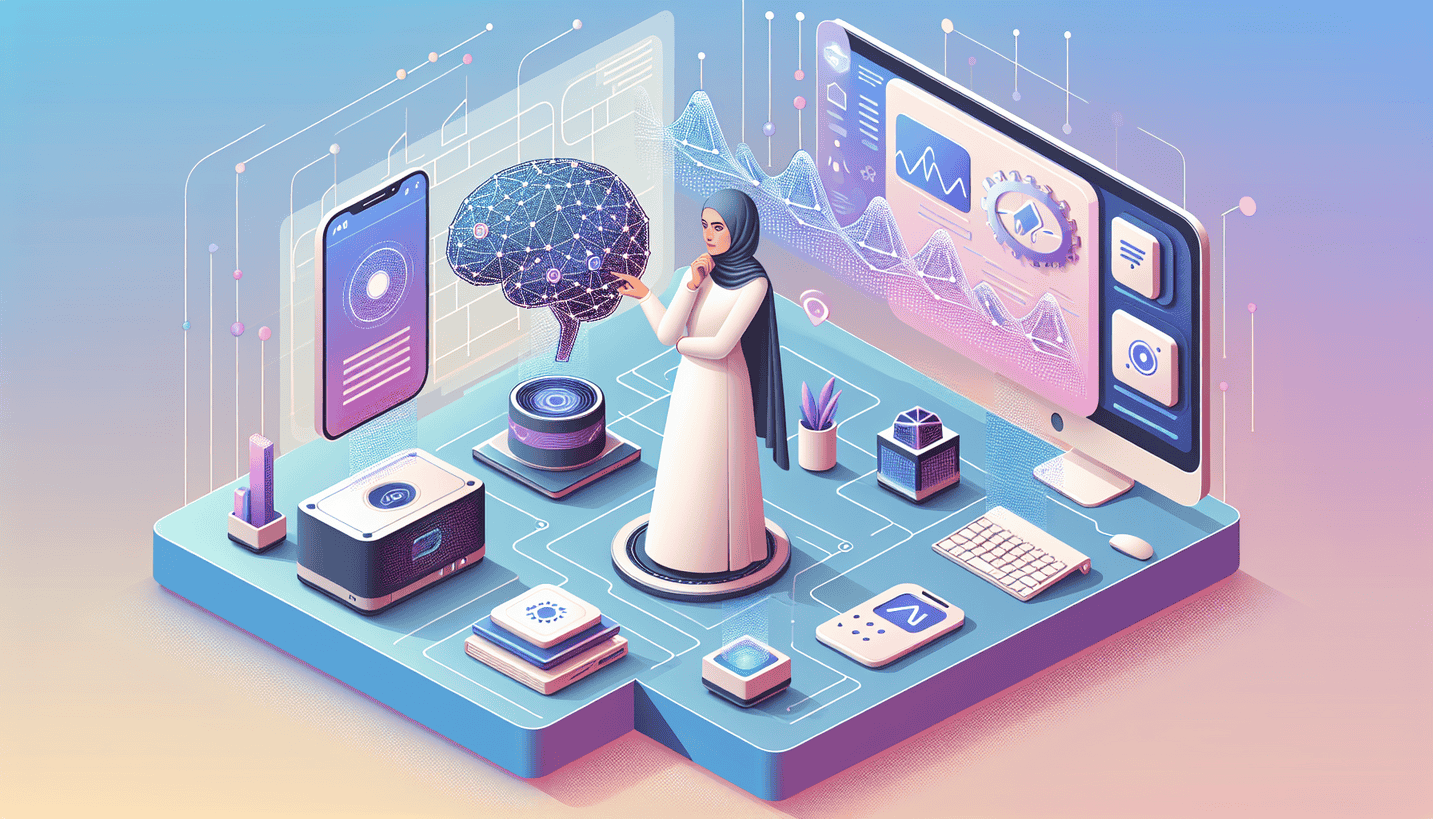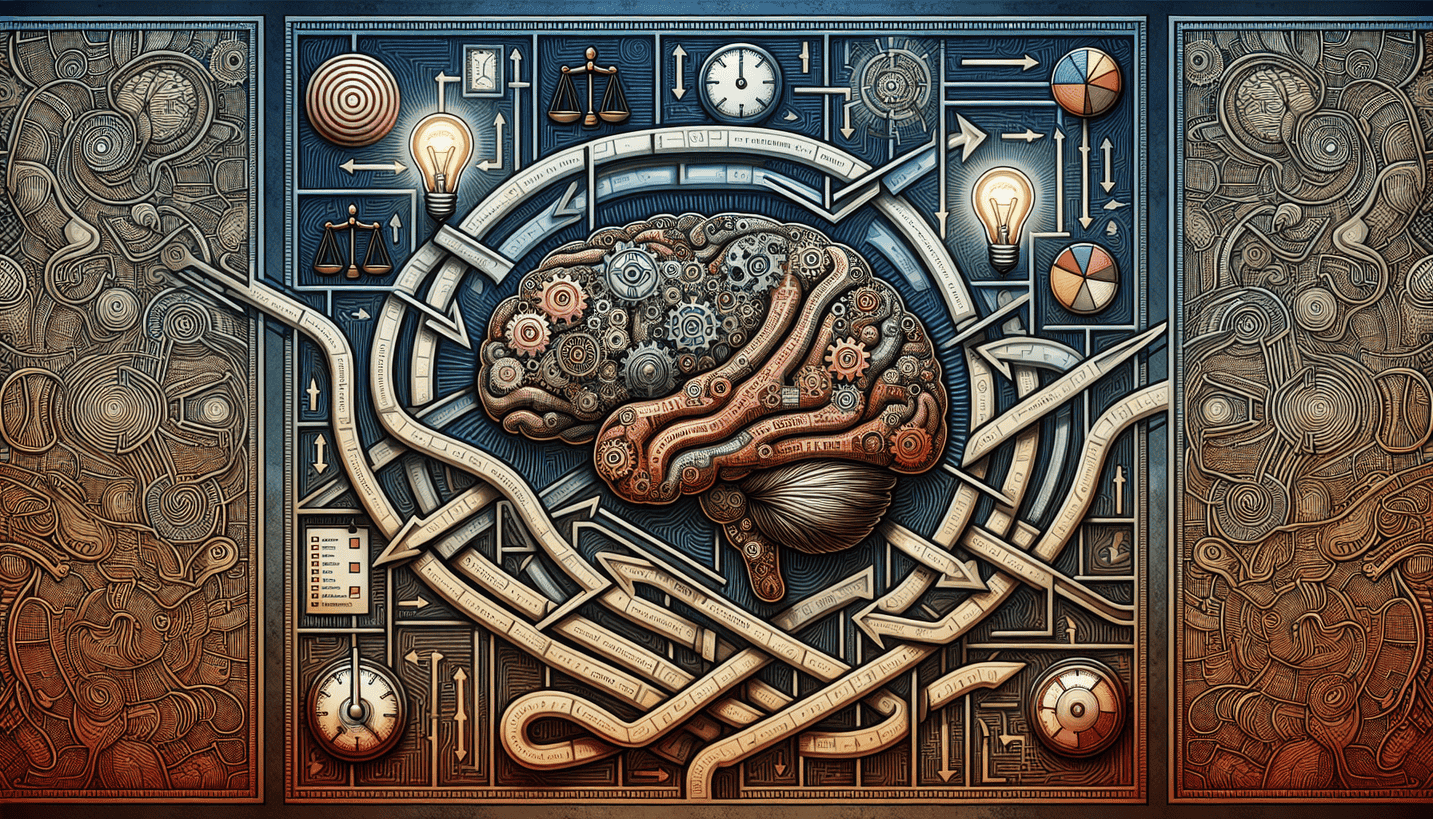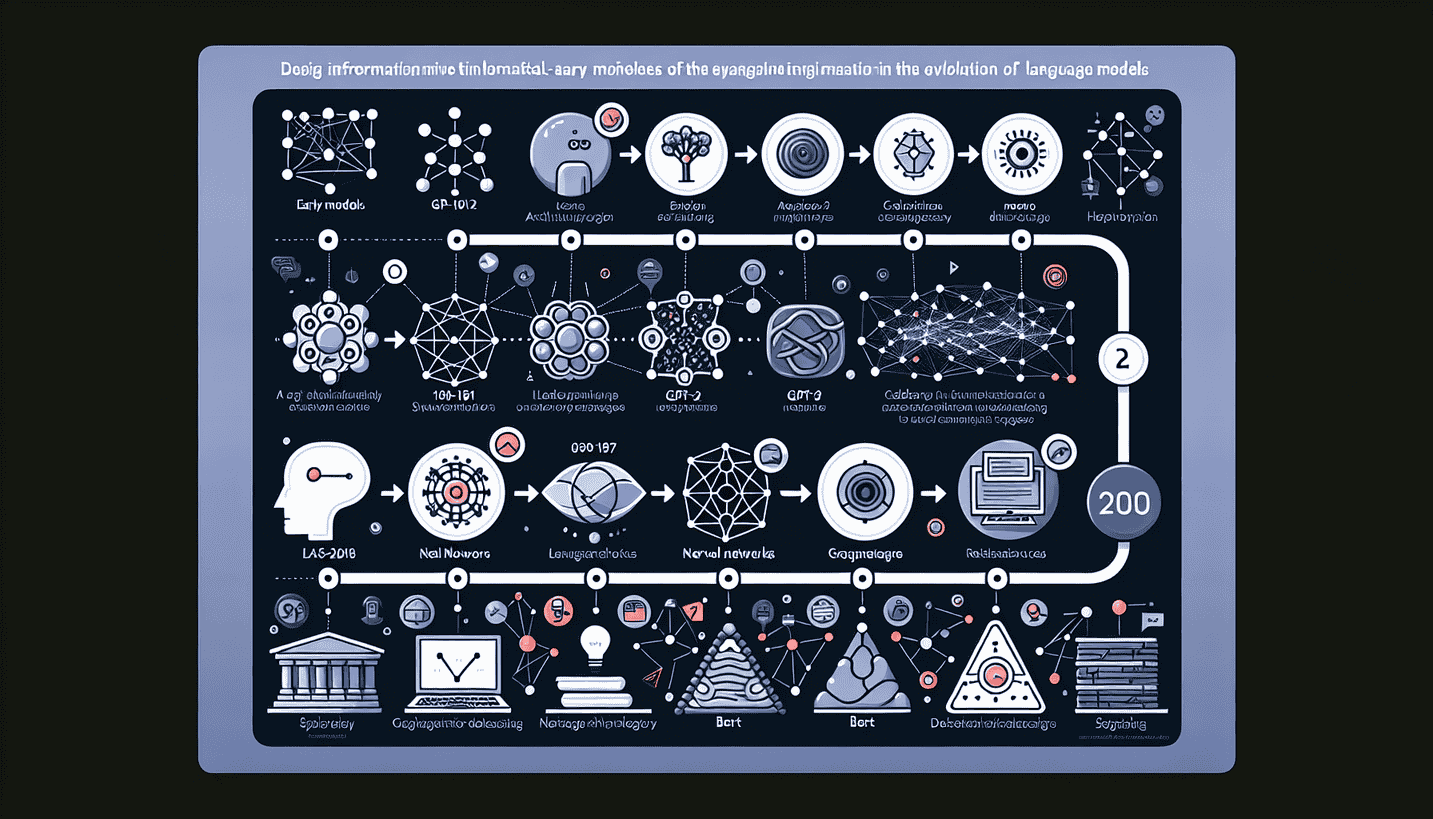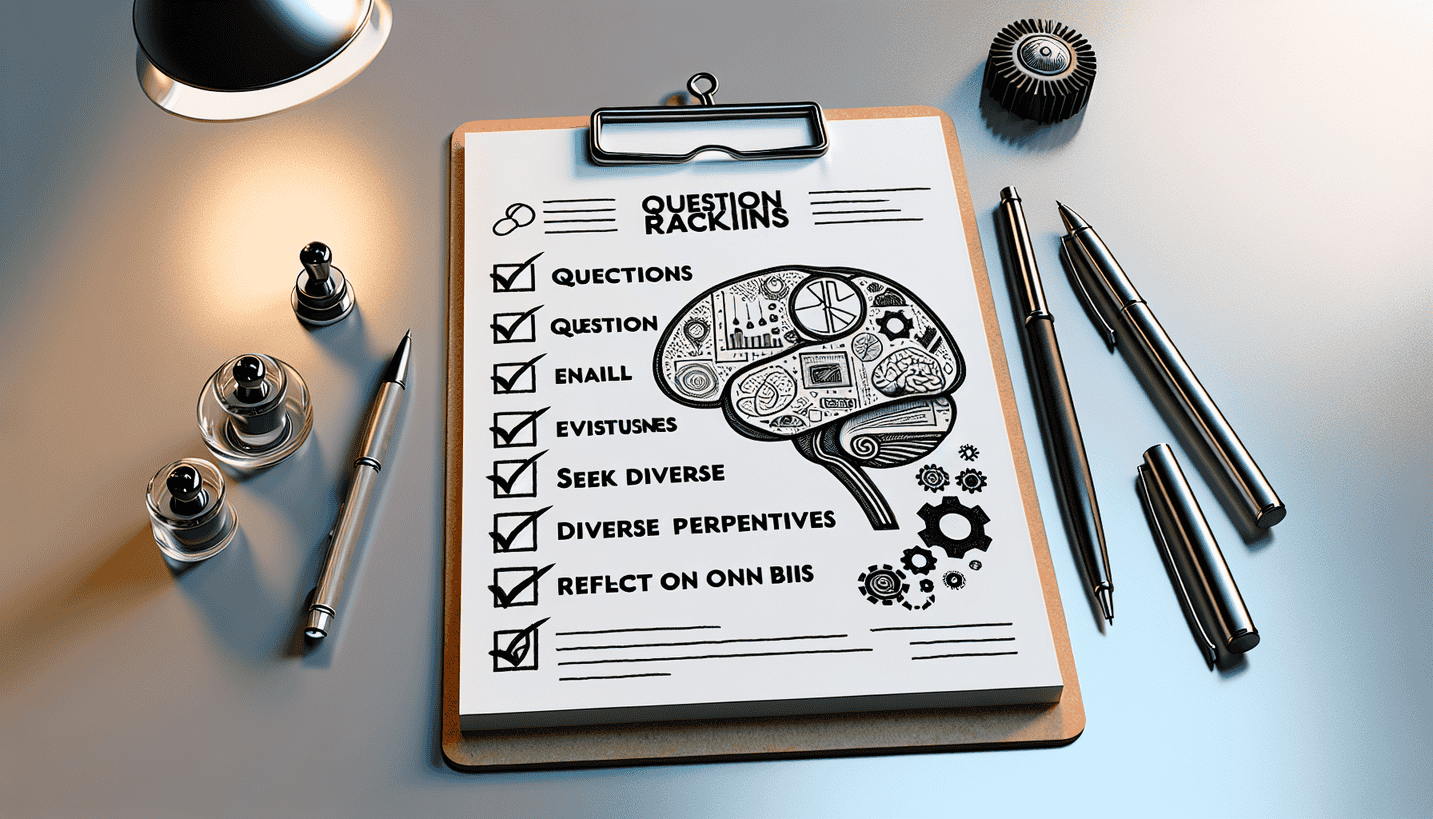Are We Sacrificing Our Minds for AI Convenience?

I. Introduction: The Charm and Dangers of AI Convenience

In today’s fast-paced world, artificial intelligence (AI) seems to have woven itself into the very fabric of our everyday lives. From smart home devices lighting up our rooms at a voice command to powerful algorithms suggesting our next binge-watch, AI tools serve to not just enhance our convenience but also supercharge our productivity. Who wouldn’t want to speed up mundane tasks or get nifty recommendations tailored to our whims?
However, as we dive headfirst into this digital paradise, there lurks a different tale — one of over-reliance and potential cognitive atrophy. This phenomenon is encapsulated by the term “AI Obesity,” a notion introduced by Pascal Bornet in his book “Irreplaceable: The Art of Standing Out in the Age of Artificial Intelligence.” Much like the physical toll of fast food leading to obesity, AI Obesity warns of the mental costs tied to our unrestrained dependence on artificial intelligence. Are we, in our quest for efficiency, unwittingly sacrificing our critical thinking abilities?
II. Understanding AI Obesity: The Cost of Over-Reliance

AI Obesity digs deep into our cognitive functioning, revealing how excessive reliance on AI tools may rob us of our mental sharpness. Picture a student who’s gotten unfairly used to leveraging AI tools to generate essays or solve math problems. What might once have required research and reflection is reduced to a few clicks. While this can yield quick answers, the underlying analysis — the why and how behind the data — often takes a backseat.
Moreover, we can find ourselves prioritizing speed over depth. Bornet raises concerns regarding “good enough” solutions that technology often provides. Think about how often we swipe through search results, clicking on the first link that seems acceptable, bypassing deeper dives into more comprehensive resources. As our reliance on algorithms for decision-making seeps into our routines, we might risk losing an essential skill: the ability to think critically.
In essence, while AI is there to speed things up, what’s at stake is the richness of our thoughts and decisions, reflecting our unique perspectives.
III. The Role of Critical Thinking in the Age of AI

So, what exactly does it mean to think critically in a world dominated by the rapid outputs of AI? According to Burns and Sinfield (2016), critical thinking is “the art of making clear, reasoned judgements based on interpreting, understanding, applying, and synthesizing evidence gathered from observation, reading, and experimentation.” It’s more than accepting information at face value — it’s about diving into the depths of evidence and making informed conclusions from various sources.
In our AI-driven interaction, having a discerning mind can help us navigate responses generated by LLMs. For instance, consider an AI-generated summary of a complex research paper. Without discerning judgement, one might hastily accept it as is, without factoring in biases or overlooking key implications. The importance, then, lies in our ability to engage thoughtfully with AI outputs, allowing us to augment our intelligence rather than passively consume it.
However, with a heavy reliance on AI, we risk stunting our critical thinking muscles. Each time we choose the path of least resistance, we further entrench ourselves in a cycle of diminished reasoning. The implications are profound: without scrutiny, the insights AI offers could lead us astray.
IV. The Evolution of Language Models: From Mimicry to Reasoning

To truly appreciate the importance of critical thinking in the AI era, it’s imperative to observe the journey of language models (LMs) — they’re more than just tools; they reflect our own intellectual evolution. The story begins in 1883 with the notion of semantics by Michel Bréal, shedding light on how languages intertwine. As the landscape evolved, particularly post-World War II, automatic translation became paramount, spurring significant growth in natural language processing (NLP).
Fast forward through the decades to milestones like ELIZA in the 1960s — a rudimentary chatbot that projected empathy merely through scripted dialogue — and Apple’s Siri in 2011, representing a leap towards interactive assistants. Each of these iterations aimed to mimic human interaction, yet the essence of critical reasoning remained largely uncharted territory.
As we advanced to models like GPT-4, today’s LMs aren’t just capable of generating coherent texts; they also have the capacity for creativity and nuanced understanding. Yet this raises a pressing question: Are these advancements merely imitating human reasoning, or do they facilitate deeper understanding? While LMs can analyze extensive datasets, they still struggle with contextual depth. This dichotomy between progress and the limitations of LMs is crucial to understanding how we should approach their outputs.
V. The Gap in Contextual Understanding and Critical Reasoning

Despite their advanced abilities, LLMs face inherent challenges when it comes to understanding context and reasoning critically. One key concept here is the “context window.” Imagine you’re writing a term paper but are only given a few pages to consider before crafting your conclusion. This is how LLMs operate — they function within a specified range of tokens that delineate their comprehension limits.
These boundaries matter significantly. The broader the context window, the better the model can respond genuinely and accurately. However, LLMs still lack the flexibility and depth of human cognition; they can easily misinterpret user intent. For instance, if you ask, “9.11 and 9.2 which is bigger?” the bot might affirm “9.11 is bigger” without capturing the nuances of decimal values, missing the critical context behind such comparisons.
Such limitations expose users to a significant disconnect — as our reliance on AI continues, nuanced misunderstandings can lead to flawed conclusions. The challenge is not merely to understand each user’s question but to appreciate the subtleties behind them.
VI. Beyond the Prompt: Can AI Tools Foster Critical Thinking?

Navigating the world of LLMs, we find ourselves asking: can these tools aid in enhancing our creative thinking rather than replacing it? It’s a resounding yes! While some may argue that AI can serve as a mere echo chamber, it can also inspire and stimulate ideas, much like a friendly brainstorming session. For instance, when someone hits a creative block, a language model can propose innovative story ideas, encouraging a writer to think outside the box.
However, it’s essential to recognize that LLMs are not substitutes for human reasoning. Their primary role may lie in refining ideas, not in making decisions. For example, a student drafting an essay on climate change can benefit from using AI for feedback or a fresh perspective. By providing suggestions, AI acts as a catalyst, encouraging deeper exploration rather than serving as an unquestioned authority.
Nevertheless, for LLMs to truly function as effective tools for supporting critical thought, challenges in their design and training must be addressed. If they are to evolve into tools fostering analytical skills, they need to grasp context comprehensively and reflect on unspoken nuances in conversations.
VII. Practical Tips for Navigating AI and Preserving Critical Thinking

Engaging with AI tools requires a balance between convenience and critical cognition. Here’s how you can navigate this landscape while keeping your thinking skills sharp:
- Question AI Outputs: Always treat AI-generated information as a starting point. Ask yourself, “Does this make sense?”
- Validate Information: Hunt down sources and factual evidence supporting AI conclusions.
- Craft Thoughtful Prompts: Good prompts drive quality responses. Refine your questions to get more targeted answers.
- Reflect on AI’s Role: Consider AI as a partner — a way to enhance your thinking, not replace it.
These strategies can help ensure that your critical thinking remains robust despite the alluring efficiency AI offers.
VIII. Final Thoughts: Finding Balance in the Age of AI
As we navigate a world increasingly dominated by AI, the onus falls on us — individually and collectively — to assess our relationship with technology and prioritize our cognitive abilities. It’s vital to recognize that while AI can significantly amplify our productivity, it cannot replace the intricacies of human thought, intuition, intuition, and analysis.
Finding a balance means adopting a conscious approach. Craft personal guidelines for wisely using AI tools that embrace critical thinking. Emphasizing this dynamic partnership can allow us to celebrate the advancements of AI while maintaining our irreplaceable cognitive skills. Remember: the power ultimately resides in how we choose to engage with the technology at our fingertips.
As we emerge from this reflection on the implications of AI in our lives, let it be a dialogue starter. How do you manage the intersection of AI convenience and critical thinking in your daily routines? Your insights could be part of a broader conversation about preserving our intellect in the age of efficiency. 🧠✨